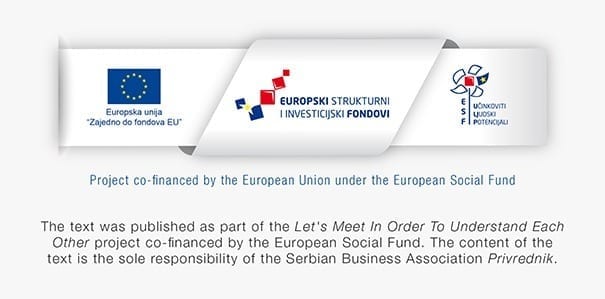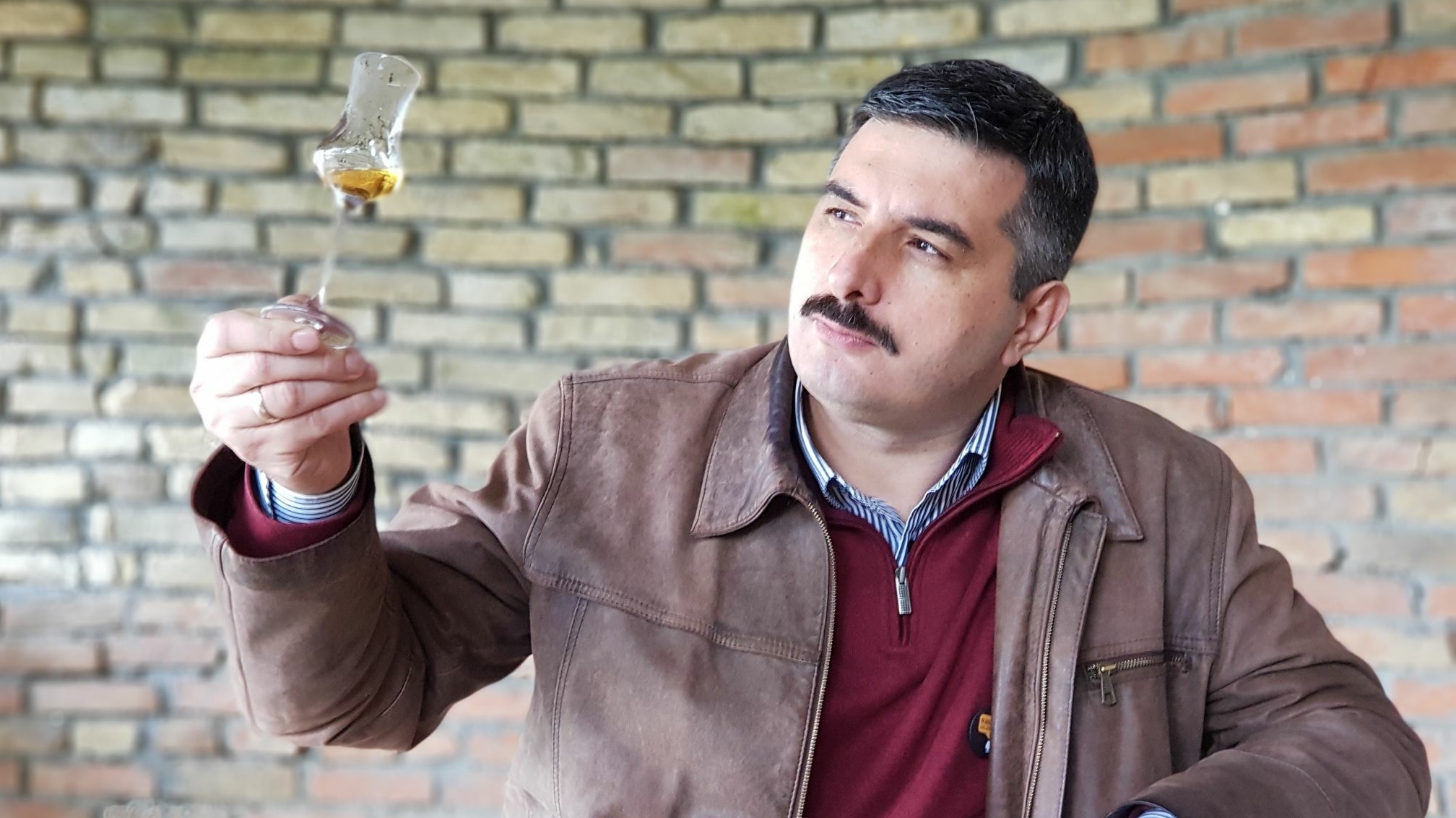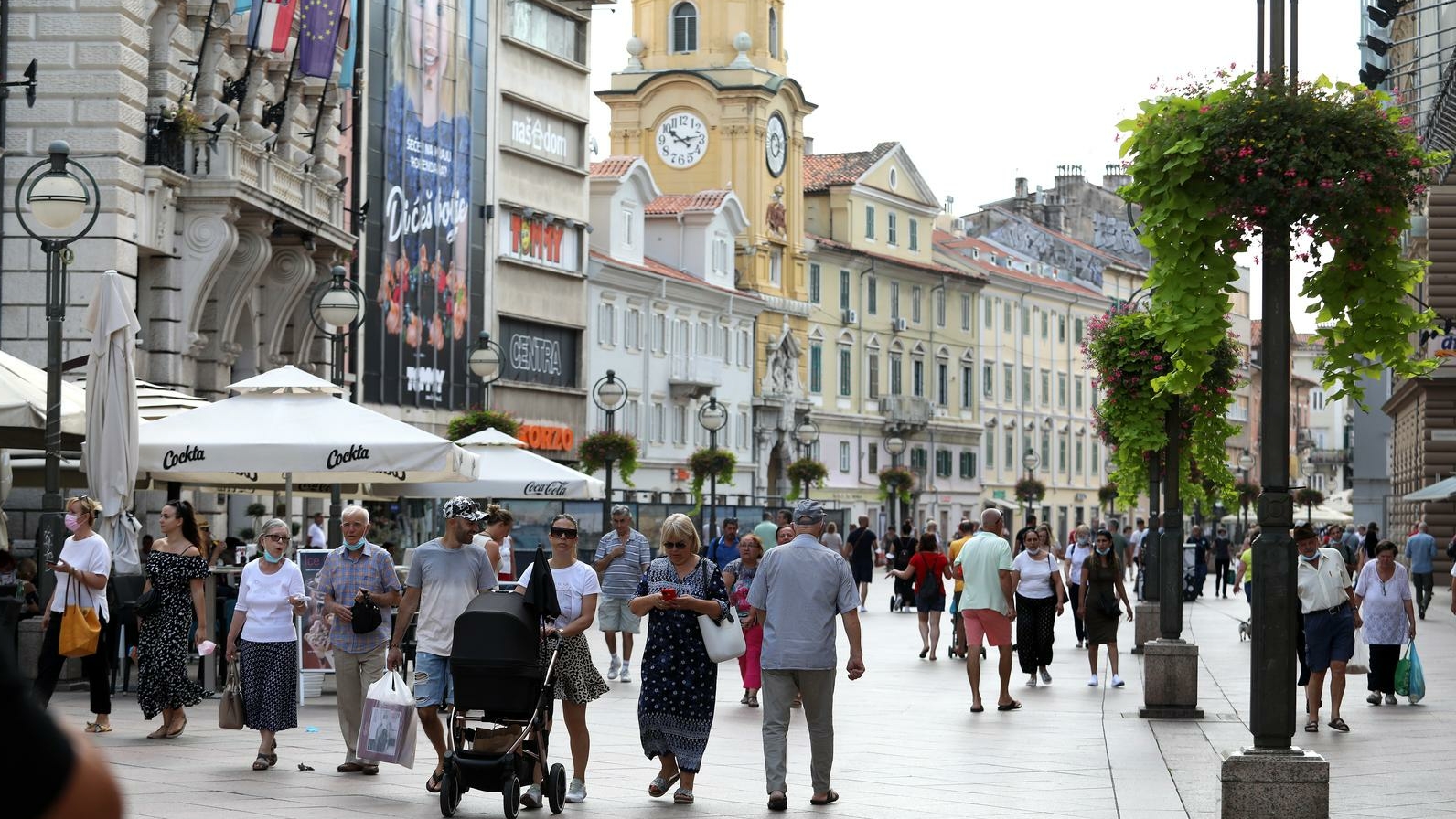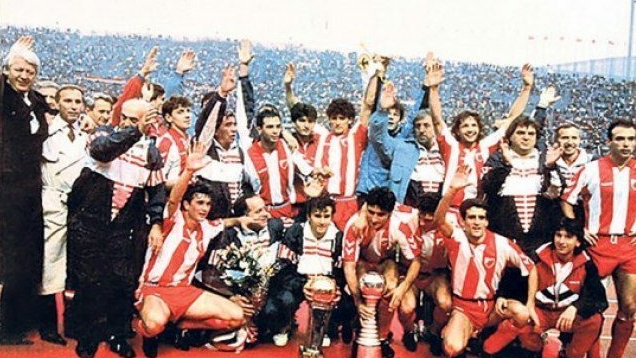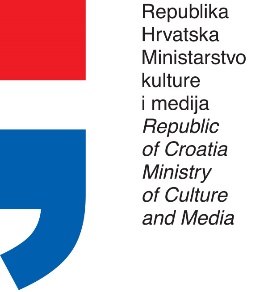The truth about rakija has long been shrouded in a veil of deep prejudice and auto-stereotypes on the one hand: it has been said that rakija is the drink of poor people, losers, violent people – all those who don’t know better. On the other hand, the truth about Serbian rakija hid behind a wall of elitism of those who portrayed it exclusively as a product of a secretive chemical process and of those who knew the tradition of good rakija but selfishly kept it to themselves and didn’t share it or write it down – with these words, Ilija Malović introduces us to the world of rakija. It is a world that has gradually been built over the years through the exploration of the history, tradition and culture of the production and enjoyment of rakija. The book, blog and vlog Rakija, uglavnom (Rakija, Mostly) were then created out of a desire to present Serbian rakija as a quality, urban and motivating product. Ilija Malović, a sociologist, teacher and editor of the blog Rakija, uglavnom, talks to P-portal about the historical development of rakija, its place in Serbian culture and the challenges and problems of its market positioning, quality and preservation.
Can you give us a brief description of the historical development of rakija? When did rakija first appear in Serbia, and how long did it take for the people to accept it?
It is often heard here that rakija has been made since the time of Tsar Dušan. Sources tell us that the Nemanjić dynasty in the 14th century always had foreign doctors and apothecaries, usually Italians, at their court. They were familiar with the distillation process, and the first alcoholic distillates in Serbia originated with them. This alcohol was made from fruit, usually grapes, but was primarily used not as a drink but as a medicine. Based on circumstantial evidence, we can assume that Serbs started using strong alcoholic drinks more around the time they lost their states – in the second half of the 15th century. With the disappearance of the Serbian state, the ruling class, the Serbian nobility, whose favorite drink was wine, also disappeared. With them went the knowledge and craft of winemaking, and fruit distillation began to be used. The population left the plains and valleys for hillier areas, which were more suitable for orchards than vineyards. Rakija was also a drink that didn’t require as much work as wine did, didn’t go bad and became better with age.
The rakija still was the foundation of the Serb homestead
You have been thoroughly studying rakija and its various aspects, including sociological and cultural ones, for years. Can you share with us some interesting facts you have recently unearthed?
It is interesting to study history and culture through channels and areas that aren’t very popular, through elements of culture that are somewhat banalized and not taken seriously. These are the principles the blog Rakija, uglavnom is based on. A lot of people study art, the history of the school system and the church or military history. But when you look more closely, all these elements are intertwined with everyday life, including the production of food and drink. It is interesting to learn, for example, that Prince Miloš Obrenović introduced the regulation that peasants cannot pledge their house, a pair of oxen and their rakija still to secure a debt. These were considered the foundation and lifeline of every homestead. Moreover, it is little known that the first registered patent at the newly-founded patent office of the Kingdom of Serbs, Croats and Slovenes was a new type of rakija still.
In this last decade especially, rakija has been going through a renaissance, leaving behind the stereotypes associated with it and becoming, as you said, “an urban phenomenon.” You write about it in your blog and book and talk about it at roundtables and in the media. What other challenges lie ahead for rakija?
First, quality Serbian rakija is losing the battle against the bad, fake and cheap rakija served in taverns across our country. The tavern life and tavern politics in Serbia are directly responsible for some of the stereotypes about rakija. The second problem for the recognition of the qualities of our fruit rakijas is the fruit growers and intensive fruit farming. World-class rakijas are produced from our old, autochthonous fruit. Sadly, although they know all this, Serbian fruit growers don’t care about the criteria for the quality of rakija, so they clear orchards with old fruit varieties, justifying it with their alleged unprofitability, selective yields and size of fruit. Instead, they grow fruit which is primarily for export. The third problem is our state, which still fails to recognize the economic and cultural potential of rakija. Several of the latest laws on strong alcoholic drinks directly undermine any possibility to establish a rich rakija scene in Serbia, which would later create the quantity and quality for export and make rakija tourism possible. Various import lobbies always have a lot of influence on the laws being written since it isn’t in their interest to let domestic production and market develop. Finally, the last problem that must be mentioned is the unregistered producers of alcohol. As much as home-based alcohol production in Serbia is a part of tradition, the system in which we don’t know the exact number of distillation apparatuses and in which anyone can pour hectoliters of illegal alcohol on the market is unsustainable.
An adventure for the senses
Every region has its own characteristics and conditions for fruit growing. Can you tell us which regions in Serbia are known for which rakijas?
It is not immodest to say that our rakija has the aromatic potential equal to that of French cognac and Scottish single malt whiskey. Hundreds of aromas that remind us of things from nature can be recognized in it, and that’s why it deserves to be recognized in the world. For example, plum rakijas that have lain in an oak barrel for a short while have light, fruity notes, often also the notes of medicinal herbs and teas. They give off the freshness of grass in the sun and mountain air. After a longer time in the oak barrel, the rakija acquires a thicker, creamier structure, and the notes of bourbon vanilla, caramel, banana, coconut and chocolate appear in its flavor. Such rakijas are reminiscent of quality Caribbean rums or whiskeys from the mountainous areas of Scotland. After a decade of aging, the rakija acquires the flavors and scents of spices. First-class rakijas – those made with care and aged in quality barrels – contain dozens of aromas, and finding those impressions is an adventure for the senses. These are the rakijas from Šumadija, Western Serbia, the Negotin Valley, Homolje and Ibarski Kolašin.
In addition to aged plum rakijas, Serbia is also the country of other fruit rakijas, which are mostly clear and are not aged but have their own, very passionate fans. First-class quince, pear, apricot and apple rakijas are made in Serbia. They are all drunk soon after the stabilization period. The best rakijas of this kind are from Vojvodina and the environs of Belgrade, and this tradition is alive in all the regions of the Balkans inhabited by Serbs, where “white rakija” (clear rakija) is valued the most.
How do you evaluate a rakija? In other words, how can an average consumer of rakija evaluate a rakija?
A rakija shouldn’t have a stronger taste than the fruit it is made from when it’s ripe. If it does, if its taste is too strong, too sweet and reminds one of candy or chewing gum, it is probably fake. Moreover, rakija shouldn’t contain unpleasant aromas – anything that is reminiscent of soot, smoke, acid, chemical products, acetone, soap and the like.
On our blog, we rate rakija on a scale from 0 to 100. It is the sum of objective and subjective factors. We use a modified Buks-Bauman 20-point system; we multiplied it by five for easier grading: five points for the color, five for clarity, ten for typicality, thirty for the smell and fifty for the taste. We often emphasize that, in addition to these relatively objective qualities of every rakija, the final grade depends on the overall impression, the ratio of the price and quality, the age of the rakija and the variety of fruit it was made from. We pay attention to all this in our texts, with an emphasis on the notes during tasting. The grade is there to rank every rakija and acquaint the readers with our judgment of its taste.
Plum – the queen of fruit
How many distilleries are there in Serbia today? Is the rakija trend increasing? What are the biggest possibilities and problems for Serbian rakija?
The beauty of the rakija scene in Serbia, as we often emphasize, lies in the fact that there is no technological standard that would guarantee the same taste, smell and color every time you open a bottle. Rakija is a product of nature, and nature is not the same every year. This leaves room for creativity and experiments with taste and smell. Family distilleries and small cellars make true craft products worthy of discovery. Today, there are around 100 registered distilleries, of which several dozen have formed the Association of Serbian Brandy Producers. The rakija scene is growing, but it needs much more work and help from the state and the citizens, who seem not to realize what a quality product Serbian rakija is.
Which fruit rakijas are the most popular in and outside Serbia? What is the status of Serbian rakija in the world?
In Serbia, the plum is the queen of fruit. There used to be a folk belief among Serbs that the best place for the foundations of a new house is the one where the plum gives good yields. The belief was that that house would always be lucky for its dwellers and bring them health and prosperity. When plum rakija was made, the master of the house would put on an ironed shirt, his best trousers and the šajkača or some other cap that was worn only a few times a year on special occasions. This shows what an important place plum rakija had and has in the culture, tradition and everyday life of the Serbian people. There is no other fruit with which the Serbs have such a personal and even emotional relationship.
Other rakijas are called fruit rakijas, which are distillates made from all the other traditional fruit: apple, pear, quince. There have been more and more experiments lately, so we have rakijas made from watermelon, banana, blackberry, carrot.
Serbian rakija is the premier league
You have surely had the opportunity to try rakijas from other countries of the former Yugoslavia. What have the impressions been like?
Everywhere where Serbs live, the relationship with rakija is very emotional. Rakija is a part of the family tradition, honor and reputation. Add a centuries-old fruit growing tradition to that, and you get excellent rakija. Therefore, we have tried excellent rakijas sent to us by Serbs from Bosnia and Herzegovina, Montenegro and Croatia. Of the surrounding countries, our Macedonian neighbors make good yellow grape rakija. We always love to try that. We aren’t too fond of young rakijas, rakijas distilled once, herbal rakijas with a grape base, rakijas made from herbs and berries and so on. We are constantly trying rakijas from all the neighboring countries. I don’t want to offend anyone, but Serbian rakija is the premier league, to use football terms, so there is no need to search and experiment too much. There is a lot yet to be discovered in our country.
Are you preparing anything new on your blog? Have you set yourselves any new challenges in studying and promoting rakija?
Eight years ago, my colleague and I started the portal Rakija, uglavnom with the wish to present Serbian rakija in a new way and help establish the scene for rakija producers, consumers and connoisseurs. The concept of Rakija, uglavnom stands on three pillars: reviews and stories that encourage and educate, rakija classes for interested citizens and training and workshops for the professionals. Our book Rakija, published by Mladinska knjiga, is now in its second edition. We will have several interesting projects in the fall which will promote Serbian rakija on the American market. We are actively involved in creating the story around the rakija Yebiga. It is a plum rakija produced in Serbia that can only be bought in the US. The whole concept was started by a well-known American musician.
In the coming period, we plan to concentrate more on a relatively unexplored area of the rakija world, and that is monastery rakijas. Excellent rakijas are made in the monasteries of the Serbian Orthodox Church, in Serbia and outside it. Followers of the blog can expect interesting stories from that part of the colorful world of Serbian rakija.
Translation from Croatian: Jelena Šimpraga
